Physiological demand and pacing strategy during the new combined event in elite pentathletes
Résumé
Purpose: To evaluate the physiological demands and effects of different pacing strategies on performance during the new combined event (CE) of the modern pentathlon (consisting of three pistol shooting sessions interspersed by three 1-km running legs).
Methods: Nine elite pentathletes realised five tests: a free-paced CE during an international competition; an incremental running test to determine VO2max and its related velocity (vVO2max) and three experimental time-trial CE, where the pacing strategy was manipulated (CEref, CE100%, CE105%). CEref reproduced the international competition strategy with a 170m fast running start within the first 2
kilometres. CE100% and CE105% imposed a constant strategy over km-1 and km-2 with a velocity of 100% and 105% of the mean speed adopted over the same sections during the international competition, respectively. Km-3 was always self-paced.
Results: The subjects ran CEref at 99±4% of vV .
12 O2max and reached 100±5%, 100±7%, 99±8% of VO2max at the end of kilometres 1, 2, and 3, respectively (VO2max: 72±6mlO2.min-1.kg-113 ), with a peak blood lactate concentration of 13.6±1.5mmol.L-114 . No significant differences in overall performance were found between the pacing conditions (753±30s, 770±39s, 768±27s for CEref, CE100% and CE105%,
respectively, p=0.63), but all of the shooting performance parameters were only stable in CEref.
Conclusion: Completion of CE by elite pentathletes elicits a maximal aerobic contribution coupled
with a high glycolytic supply. Manipulating the mean running speed over km-1 and km-2 had strong
influence on the overall pacing strategy and induced minor differences in shooting performance but it
didn’t affect overall performance.
Domaines
Physiologie du sport
Origine : Fichiers produits par l'(les) auteur(s)
Loading...
